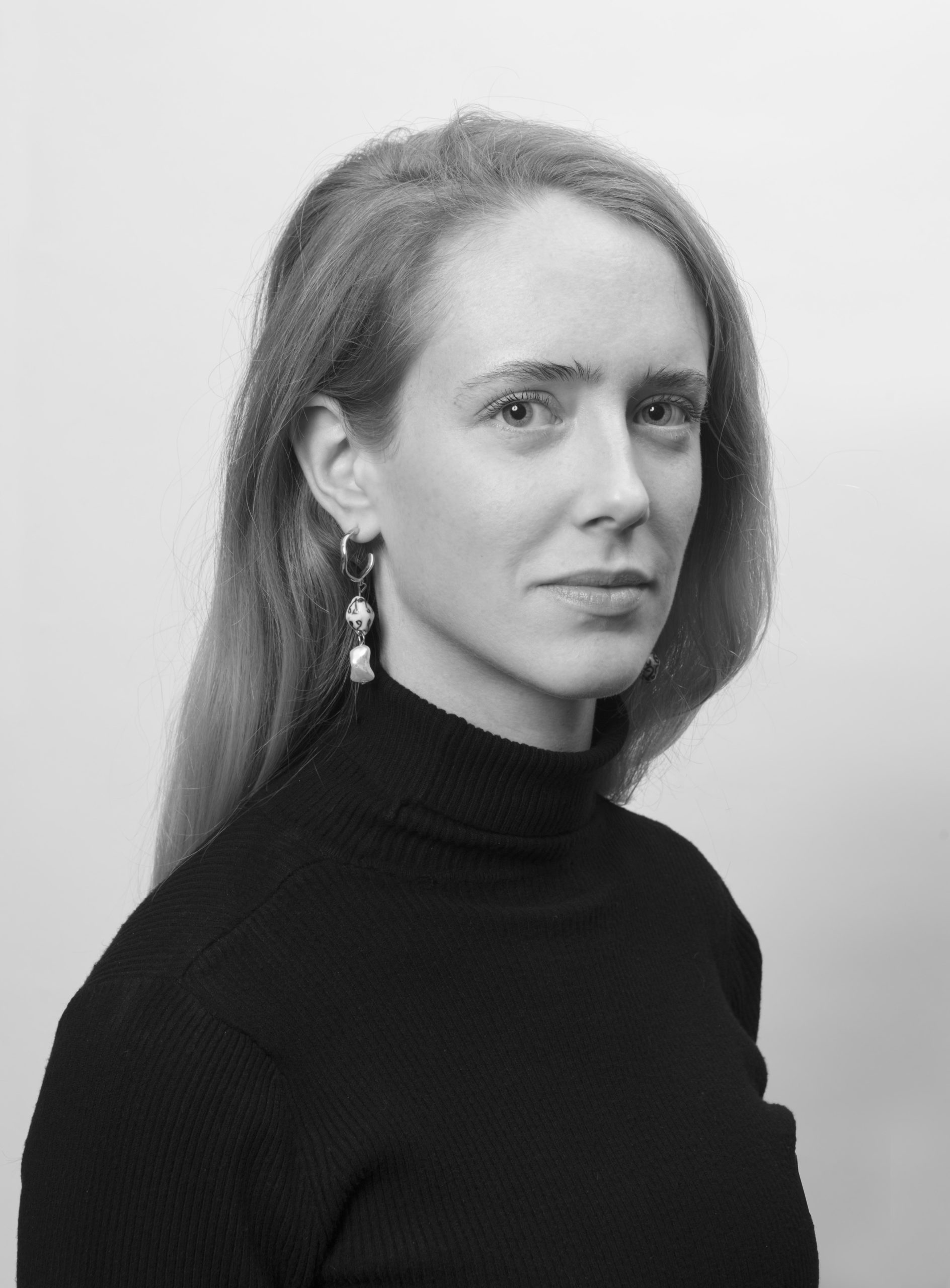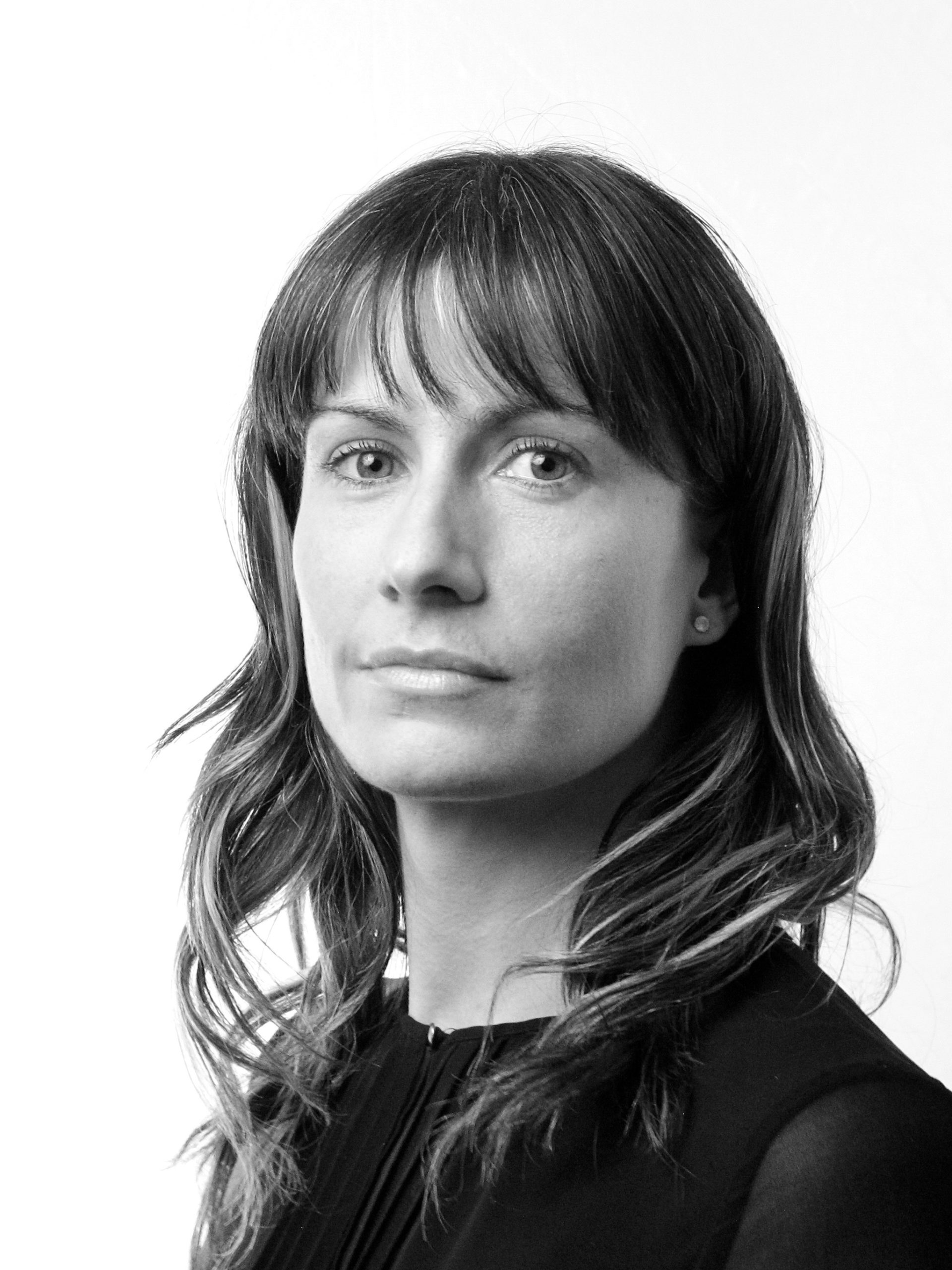The summer auctions of Impressionist, Modern, Post-War and Contemporary art in London are one of the major moments for the art market, and they’ve traditionally been the key art moments of the year in the British capital. This year, the tradition was slightly scuppered by Christie’s surprise decision not to hold any auctions of Post-War and Contemporary Art but the other auction houses carried on as normal nonetheless, giving the season a slightly odd dimension but still presenting a chance to see the art market at work and gain market intelligence before the long summer break.
The Impressionist and Modern sales reflected the general trend seen this year at the top end of the market; Christie’s and Sotheby’s sold a combined total of £325 million – a record high for these June auctions. However most of the value was held in a few very expensive works, the majority of which were guaranteed. For the first time, both houses sold three works for over £20 million in their evening auctions and these 6 pictures (from 47 sold overall) represented over 62% of the total value.
The Sotheby’s auction took place on 22 June, with Christie’s moving their sale to the following week. At Sotheby’s the main auction followed a ‘curated’ sale of small works of art, called ‘Actual Size’, which was a mixed affair selling just 66% by lot. The evening auction was underpinned by Wassily Kandinsky’s Bild mit weissen Linien from 1913 which made £33 million, a strong price, while Femme et oiseaux, a constellation painting by Joan Miró, made £24.6 million. Another Kandinsky landscape sold for £20.9 million, but the auction missed its pre-sale estimates, with a number of lesser-value works failing to attract bids. At Christie’s the top lot, and a real star of the season, was Max Beckmann’s Hölle der Vögel (Birds’ Hell), 1938, which was guaranteed and estimated at £30m. It sold for £36 million – a record for the artist, and for any German Expressionist work. Another highlight of the season, and probably the most exciting lot of the sales, was Vincent van Gogh’s Le moissonneur (d’après Millet), 1889, who carried an estimate of £12.5 million to £16.5 million and sold for £24.2 million. However, the auction fell short of its pre-sale estimate, and even at the top end of the market, there were signs of slack. Egon Schiele’s Einzelne Häuser (Häuser mit Bergen), 1915, failed to sell against an estimate of £20 million to £30 million, while Claude Monet’s Saule pleureur (1918-19) was offered with a £15 million to £25 million estimate, yet sold for just £8.9 million.
The Post-War and Contemporary auctions showed a different dynamic, prompted by Christie’s withdrawal from the season. Sotheby’s put together a solid sale without any major, big-money highlights and sold all but 2 works for a respectable £62.4 million, well within the pre-sale estimate. The top lot was a triptych from 1983 by Jean-Michel Basquiat, the man of the moment following the sale of one of his works in New York in May for $110.5 million. This much smaller and less typical work made £6.5 million, a good price for the picture. The real news of the week was at Bonhams and Phillips, typically the smaller events of the week, who looked to benefit from Christie’s absence. Bonhams decided to offer a high level of guarantees, covering 7 works representing about three-quarters of the value of the sale. The strategy seemed to work this time and following on from recent and notable successes in February in London and May in New York, they realised their best ever result for a Contemporary auction in the UK, beating pre-sale estimates to make £7.1 million and sell all but two works. In the last 4 years, average lot prices at Bonham’s contemporary sales have increased from £8,000 to £100,000, and the strength of their sales so far this year is starting to make people take notice. Phillips are more experienced with guarantees, and covered 12 lots, or two-thirds of the value of their sale. They seemed to benefit from the absence of Christie’s, with all but two works selling for a total of £24.4 million, their highest June total for many years.
Overall this season seems to have shown a market at the end of a long and busy run, starting back in May in New York, and since passing though Venice and Basel. Consignments were not easy to find, and while guarantees and a sprinkling of very special works made sure of an impressive turnover, this remains a market that is becoming increasingly price-sensitive. The next major test for Post-War and Contemporary art will be in London in October, coinciding with Frieze, while the next Impressionist and Modern sales will be in New York in November; in the meantime, the market will enjoy a much-needed rest!
















































